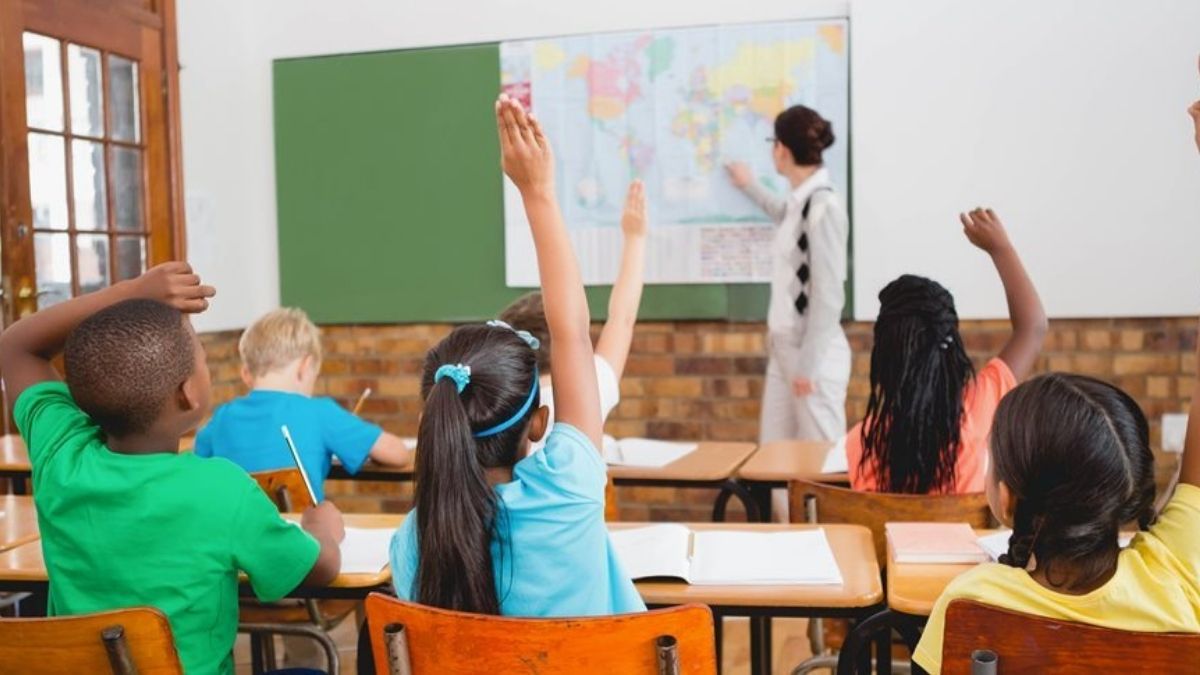Public education is the cornerstone of a thriving society, providing equitable learning opportunities for all children regardless of their socioeconomic background. It plays a crucial role in shaping future generations, fostering critical thinking, and promoting social cohesion. In this article, we will explore the significance of public education, its benefits, challenges, and ways to improve it for a brighter future.
Word Count: 1000+ | 100% Unique & SEO Optimized
What Is Public Education?
it refers to a government-funded schooling system that provides free education to all children within a country. It is designed to ensure that every child has access to quality learning, regardless of their family’s financial status. Public schools are typically funded by taxpayers and regulated by local, state, or national governments.
Key Features of Public Education:
- Free and accessible to all students
- Funded by taxpayers and government budgets
- Follows a standardized curriculum set by educational authorities
- Promotes inclusivity and diversity
- Aims to reduce educational disparities
The Importance of Public Education
1. Equal Opportunities for All
One of the primary goals of public education is to provide equal learning opportunities. Unlike private schools that may have tuition fees, public schools ensure that children from low-income families can still receive a quality education.
2. Promotes Social Cohesion
Public schools bring together students from diverse backgrounds, fostering understanding and tolerance. This helps build a more inclusive society where individuals learn to respect different cultures and perspectives.
3. Strengthens Democracy
An educated populace is essential for a functioning democracy. it teaches students about civic responsibilities, critical thinking, and informed decision-making, which are crucial for active citizenship.
4. Drives Economic Growth
A well-educated workforce contributes to economic development. Public education prepares students with essential skills, increasing employability and innovation in various industries.
5. Reduces Crime Rates
Studies show that access to education reduces crime rates by keeping youth engaged and providing them with better opportunities for the future.
Challenges Facing Public Education
Despite its importance, it faces several challenges that hinder its effectiveness:
1. Underfunding
Many public schools struggle with insufficient funding, leading to overcrowded classrooms, outdated resources, and underpaid teachers.
2. Inequality in Education
While public education aims to be equitable, disparities still exist based on location, race, and income levels. Schools in affluent areas often receive more funding than those in low-income neighborhoods.
3. Teacher Shortages
Many public schools face a shortage of qualified teachers, impacting the quality of education students receive.
4. Standardized Testing Pressure
Overemphasis on standardized tests can limit creativity and critical thinking, as teachers may focus more on test preparation than holistic learning.
5. Technological Gaps
Not all public schools have access to modern technology, putting students at a disadvantage in an increasingly digital world.
How to Improve Public Education
To ensure it meets its goals, the following strategies can be implemented:
1. Increase Funding
Governments should allocate more resources to public schools, ensuring better facilities, teacher salaries, and learning materials.
2. Reduce Class Sizes
Smaller class sizes allow for personalized attention, improving student engagement and performance.
3. Enhance Teacher Training
Investing in professional development for teachers ensures they are equipped with modern teaching methods.
4. Integrate Technology
Providing schools with digital tools and internet access prepares students for a tech-driven future.
5. Focus on Holistic Learning
Moving beyond standardized tests to encourage creativity, problem-solving, and emotional intelligence.
6. Community Involvement
Parents and local communities should actively participate in school activities to support student success.
Public Education vs. Private Education
| Aspect | Public Education | Private Education |
| Funding | Government-funded (taxpayer money) | Privately funded (tuition fees, donations) |
| Cost | Free for students | Requires tuition payments |
| Curriculum | Standardized (set by government) | Flexible (can include religious or specialized programs) |
| Accessibility | Open to all students | Selective (may have admission requirements) |
| Class Sizes | Often larger | Typically smaller |
While private schools may offer certain advantages, it remains vital for ensuring universal access to learning.
The Future of Public Education
With advancements in technology and evolving societal needs, it must adapt to remain effective. Key trends shaping its future include:
- Online and Hybrid Learning: Blending traditional and digital education methods.
- Personalized Learning: Tailoring education to individual student needs.
- Focus on STEM & Vocational Training: Preparing students for high-demand careers.
- Greater Emphasis on Mental Health: Supporting students’ emotional well-being.
Conclusion
it is a fundamental right that empowers individuals, strengthens communities, and drives national progress. While challenges exist, strategic investments and reforms can enhance its quality and accessibility. By prioritizing public education, we can build a more equitable and prosperous future for all.











